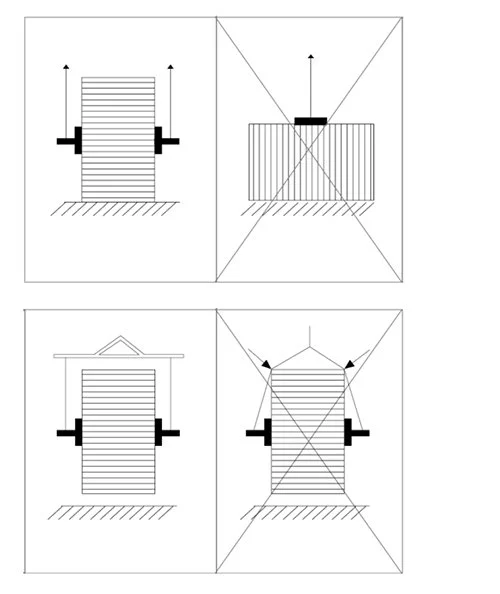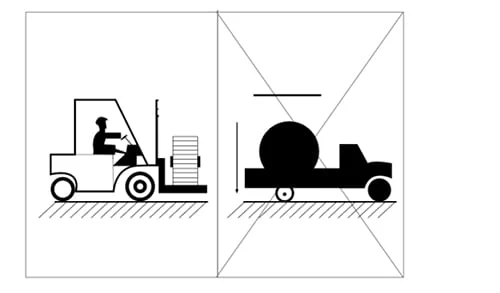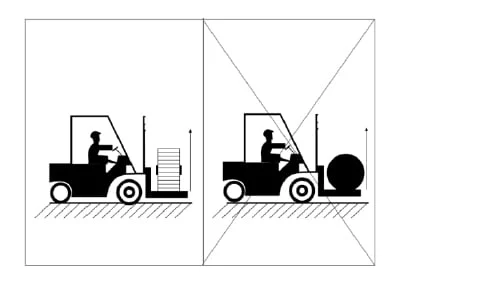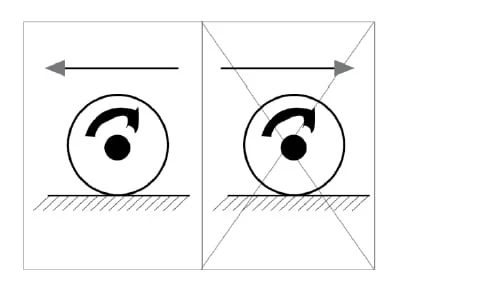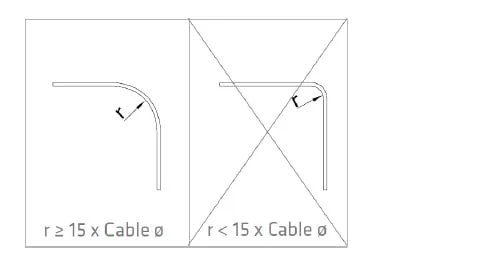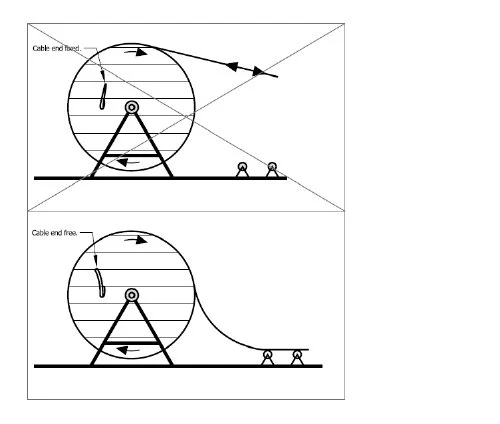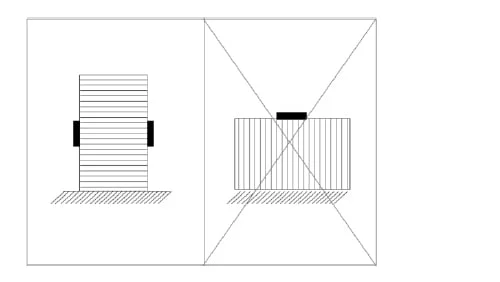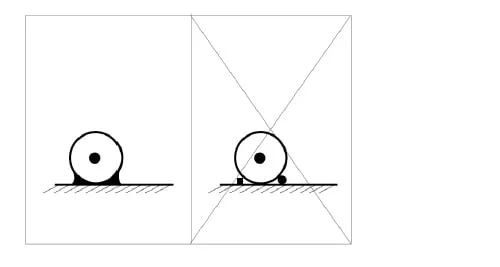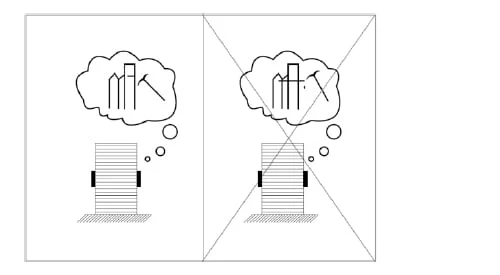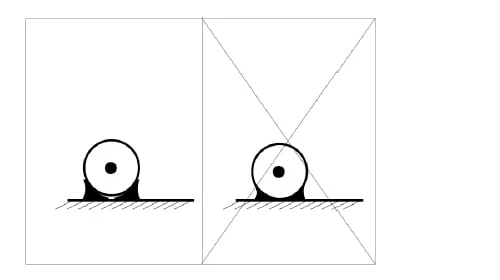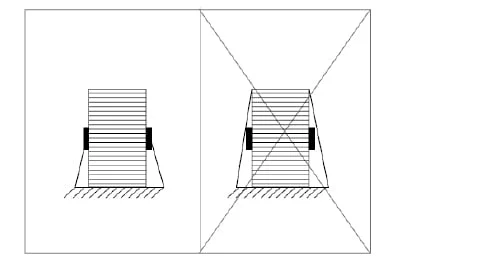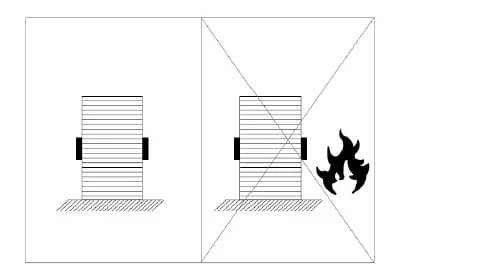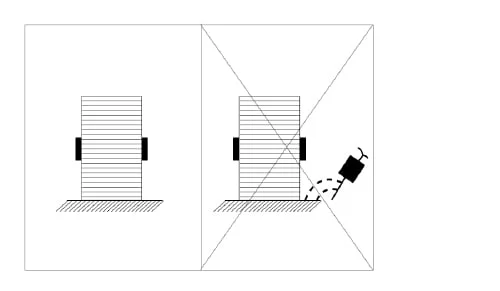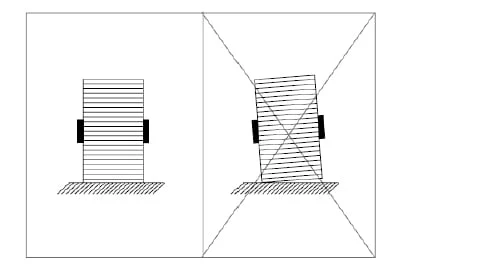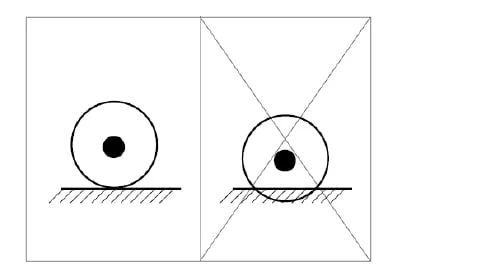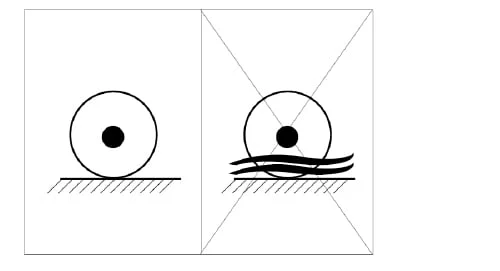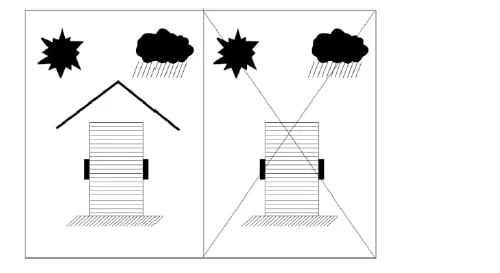INTRODUCTION
Cables are carrying electricity or signal from one point to another and they should work with full performance and the longest duration; therefore, handling, transportation and storage of the cables are extremely important as well as their design, production and testing. The most common and safest way to carry cables from the factory to the end user is using cable drums. Handling, transporting and storing cable drums should be done correctly, so when the cables are installed, they will be less problematic and without any defect as they are first produced.
This article consists of advises that include the precautions to take in order to minimize the accidents and losses that can occur during the transport, storage and use of the drums and the applications to perform so that the cables can be more efficient and have longer lifespans.
1. DRUMS HANDLING
1.1. Position of Drums
Drums must be handled only in the upright position, not on the flanges.




